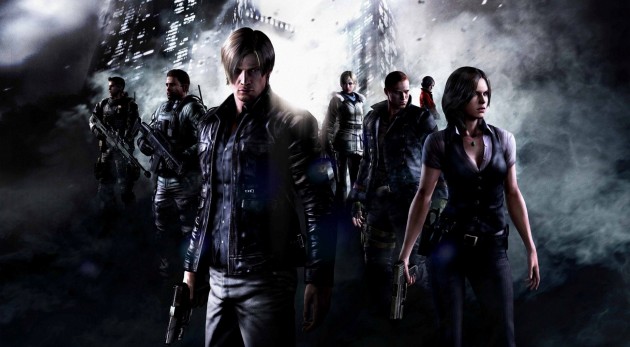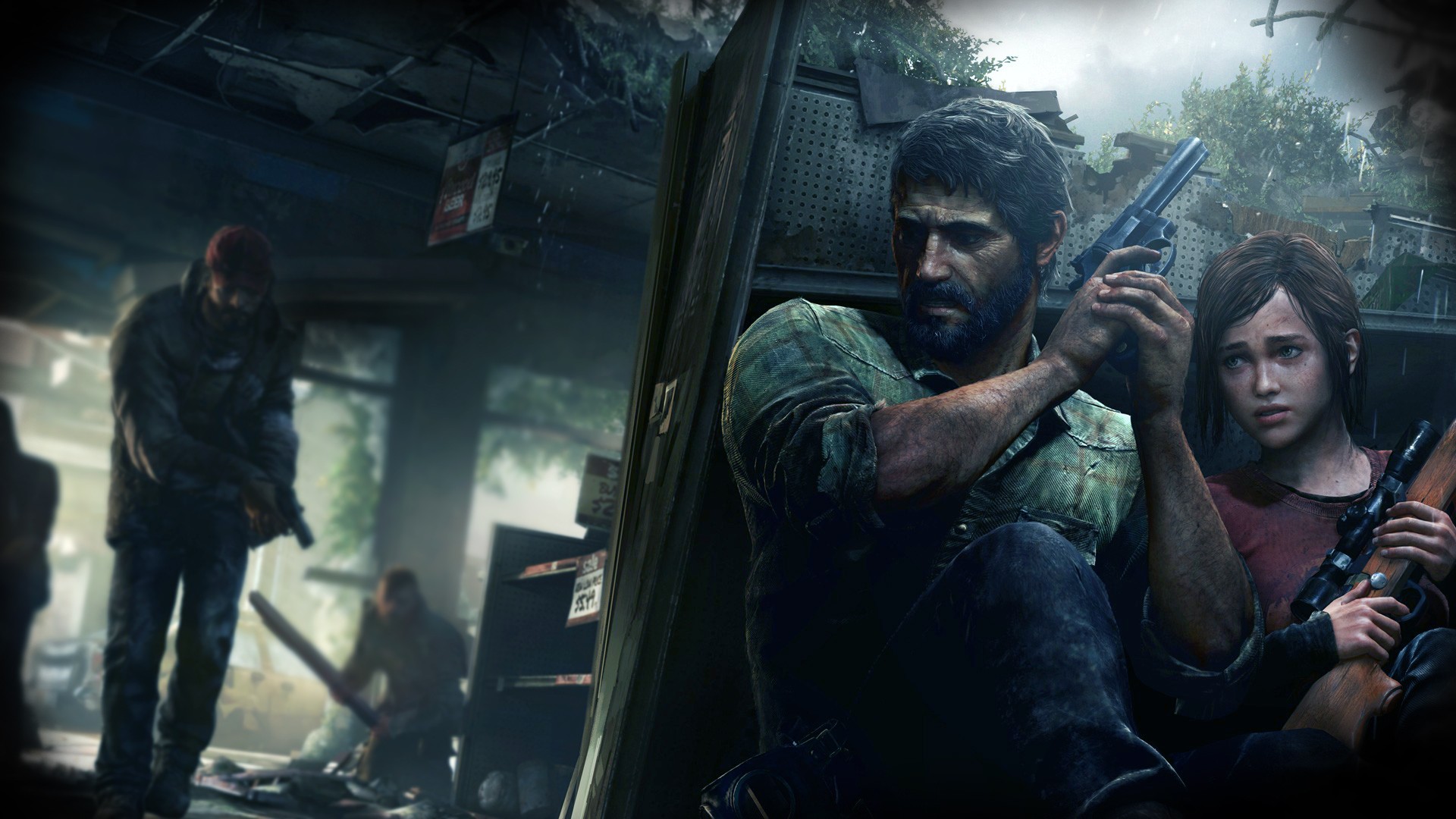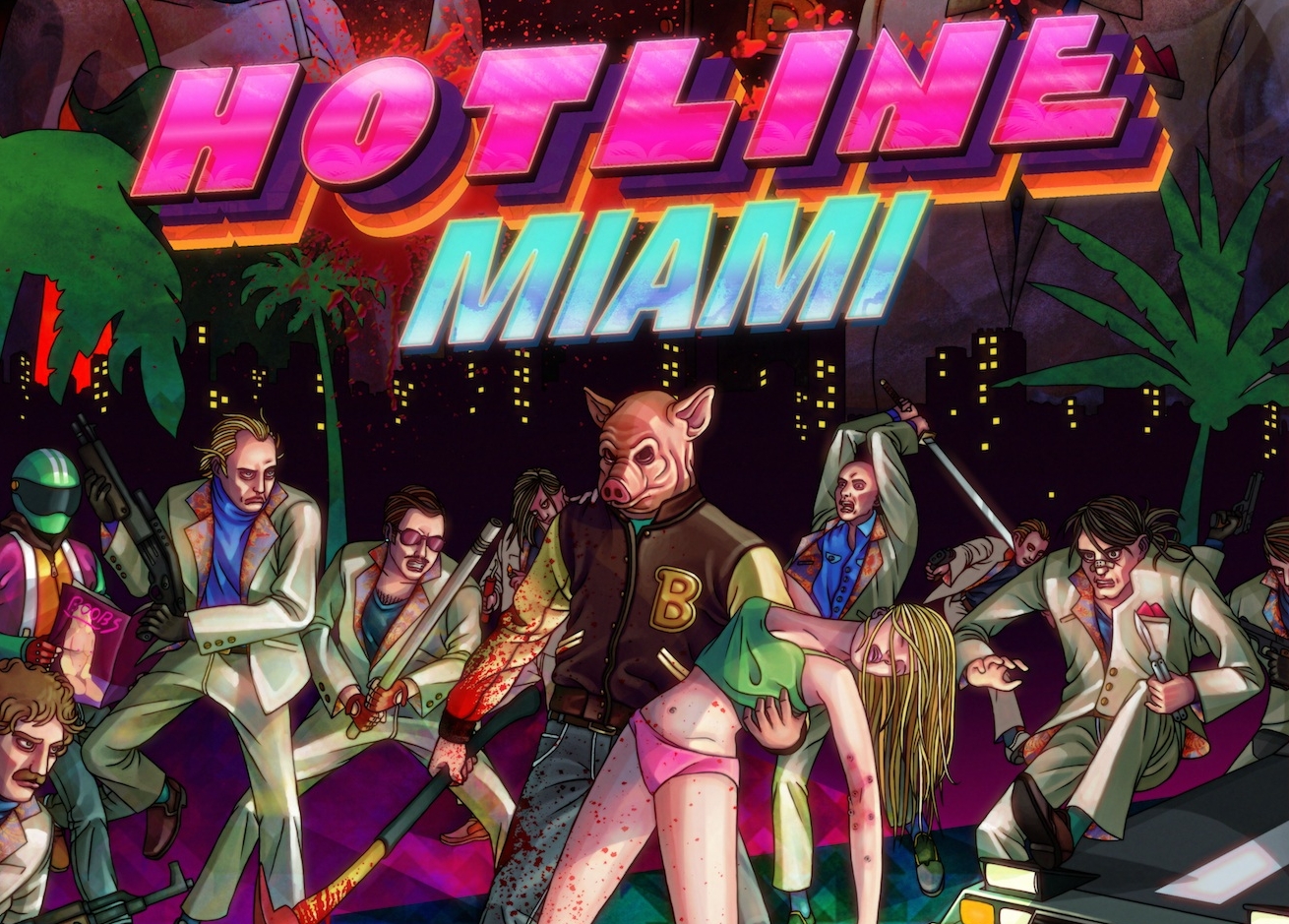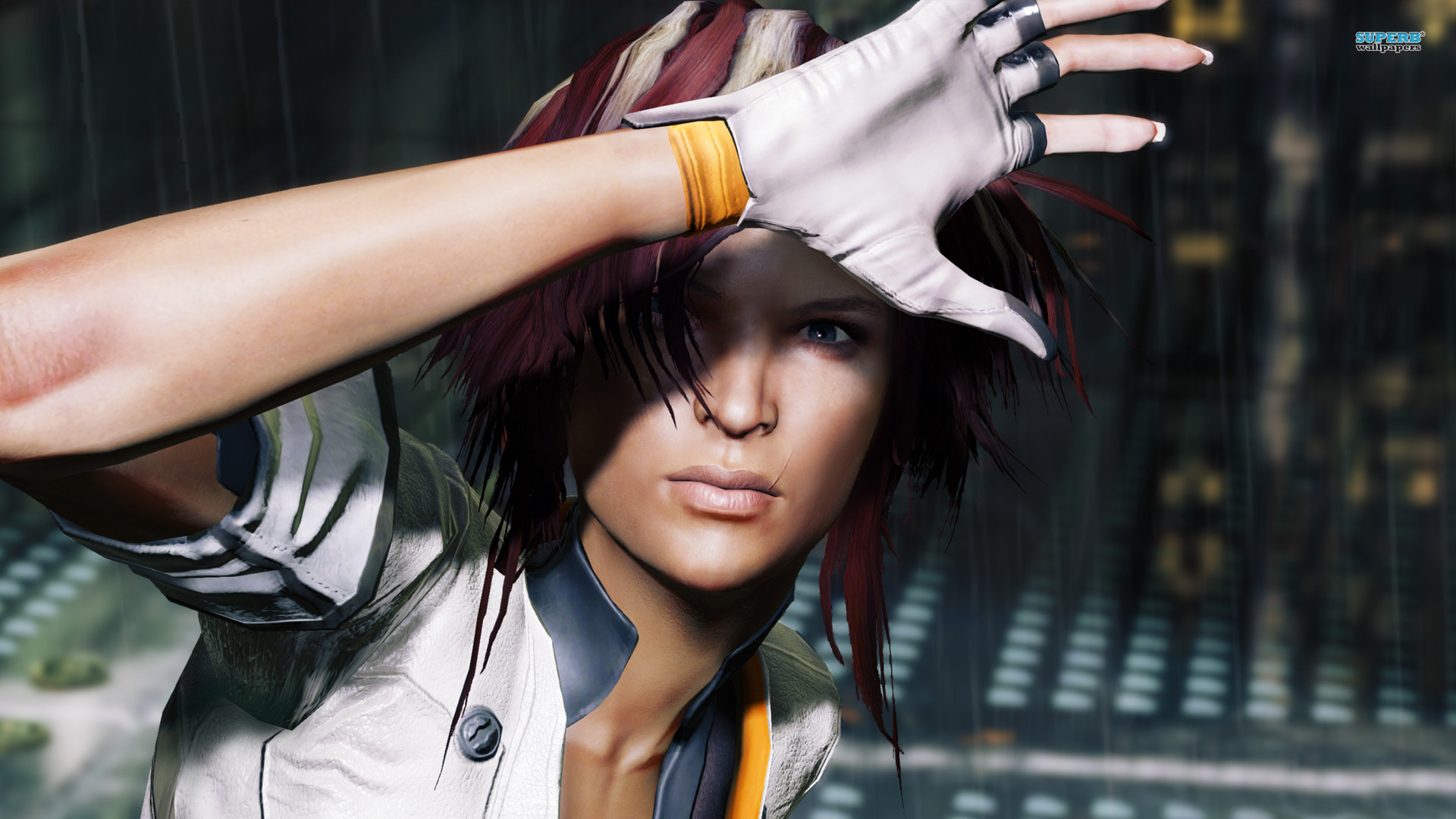Fittingly for a videogame about zombies, Resident Evil refuses to die. First released way, way back in 1996 on the Playstation, it was entirely rebuilt and remodelled six years later for the Nintendo Gamecube. Now Capcom have given us the remake of the remake, a concept that would sound like charlatanry if it were not for the fact that Resident Evil remains a fantastic game twenty years after it shuffled into the medium, groaning, clawing and chomping for brains. There is no doubt that some aspects of the gameplay feel archaic: the rhythm of get key, open door, obtain map, flick switch does seem very mid-90s but there is much more than just retro appeal on offer here. In a business that is increasingly dominated by shallow, sneeze-brief titles used to ship multiplayers, it is refreshing to play one that tells a proper story, and does so with brio, bravery and a real affection for the material.
While Resident Evil is often erroneously name-checked as the title that spawned Survival Horror (the likes of Castlevania, Splatterhouse, Alone In The Dark and Sweet Home all came before it), it cemented many of the mechanics prevalent in the subgenre today. First and foremost, there is the extremely atmospheric location of the Spencer Mansion. An inspired homage to horror movie tropes, this dank and dilapidated haunted house is a joy to behold. The graphics, thanks largely to the pre-rendered backgrounds designed for the 2002 version, are stunning. Look out for the cockroaches skittering across a filthy kitchen floor, or the elongated shadows of the undead thumping a hall window. However, the mansion is also an exercise in psychological manipulation. The architecture deliberately does not make sense: corridors loop around on themselves; doors open into rooms that seem larger than the space available; and there are moving walls and, yes, ceilings waiting to squash the player into a bloody pulp. The variety is another strong point: not only is there the creaking, crumbling mansion itself, but also a graveyard, underground tunnels, secret laboratories and a shack not too dissimilar to the one in which Ash and his pals get chainsaw happy in The Evil Dead. On the odd occasion that Resident Evil is in danger of becoming boring, it opens up a whole new area full of creepy wonder.
Who would live in a house like this? Well, Capcom have included every kind of beastie from the horror canon. There are, of course, manifold zombies, reanimated by the shady Umbrella Corporation and who come in either the slow or fast variety. The latter, known to fans as the terrifying “Crimson Heads”, will make your life a misery if you don’t decapitate or incinerate them first. Elsewhere, the giant spiders are as grotesque as ever: the fine hairs on their spindly legs are clearly visible in HD and are truly repulsive. Those who are freaked out by sharks, crows, snakes or beetles are also guaranteed the heebie-jeebies. Oh, there are dogs too. To say too much about their first jump scare appearance would spoil the surprise but it is just as well handled as it was before. The designers clearly love their movies, and have created a rich and varied bestiary in response.
All of this is made all the more effective by deeply unsettling sound design. A ticking clock sounds unnaturally loud. Distant howls suggest an attack that never comes. Low moaning lets you know that a zombie is waiting around the next corner, blocking a room that you have to enter to collect a vital quest item. It might sound silly to suggest this but the game is best played at night with headphones on and the lights off. Like the Romero films that clearly are a touchstone for the designers, what starts off as being glib and playful soon becomes fairly freaky.
The question, naturally, is how well Resident Evil holds up nearly two decades after its first appearance. Is it as sleek as its two playable protagonists, the studly budly Chris Redfield and the pneumatically enhanced Jill Valentine? Or is it showing its age like the infected walkers populating the Spencer residence? Well, to be fair not a great deal has changed, which, depending on your opinion, is either a good or bad thing. Capcom have kindly added a new joypad configuration, meaning that you don’t have to play with the cumbersome “Tank” control scheme unless you want the full nostalgic experience, along with some slight camera tweaks and a couple of deleted lines of dialogue (sadly, it’s bye-bye to the classic “Jill sandwich” quip) to cut back on the cheese factor. Other than that, it is very much business as usual: you can only save your progress on typewriters, boost your energy with medicinal herbs, and carry a limited number of items at one time. It may be a personal preference but these restrictions enhance gameplay rather than hampering it. In an age where gamers are made to feel like gods (yes, you, Saints Row IV) with automatically replenishing health bars, unlimited ammo and a kitbag seemingly able to store an entire arsenal,Resident Evil excels at making you feel deliciously vulnerable. It may not be as disquieting as Silent Hill or as aggressively in your face as Left 4 Dead but Resident Evil has a slow burning charm all of its own that reminds you that, cliché be damned, they really don’t make games like this anymore.
Sadly, Capcom also do not make games like this anymore, as the franchise has moved further and further away from its roots and become increasingly dominated by action-based histrionics. As of the date of writing, Resident Evil has smashed records in digital sales. One would hope that this would persuade the company to give the underrated Resident Evil Zero the same lavish treatment or, if that seems too fanciful, to dream up another instalment in the same bloody vein. In the meantime, we have a very welcome return trip to the Spencer Mansion with all its darkened corners and nasty things lurking in the shadows. Ross Thompson




